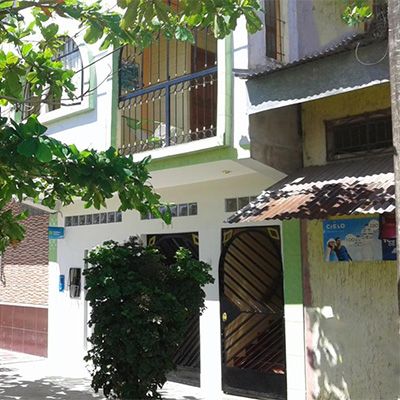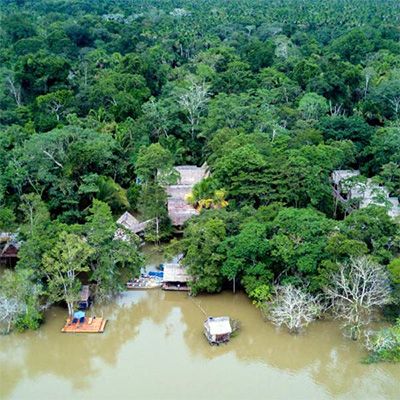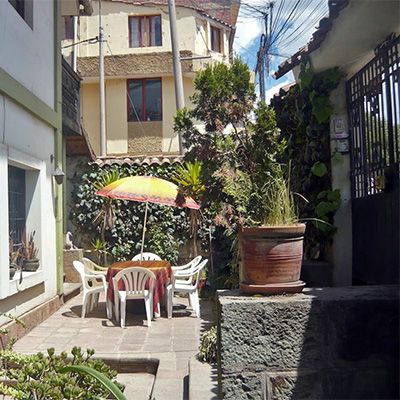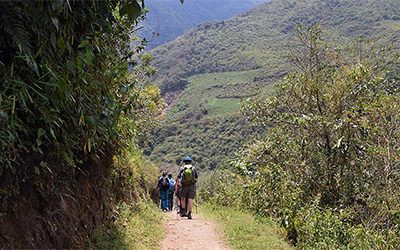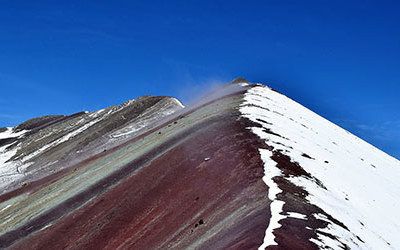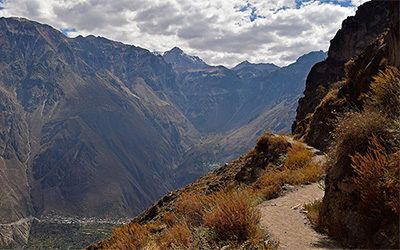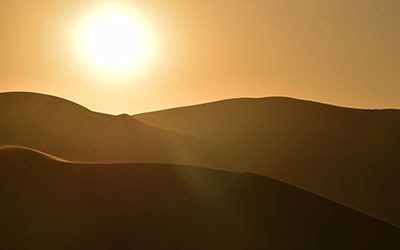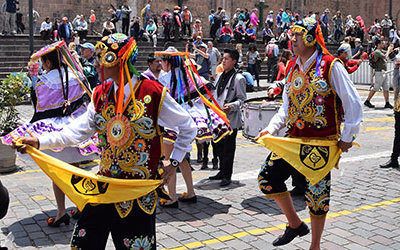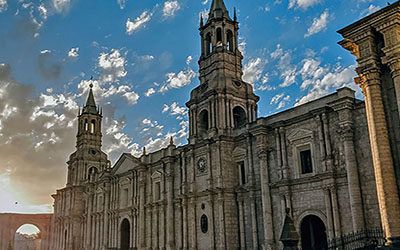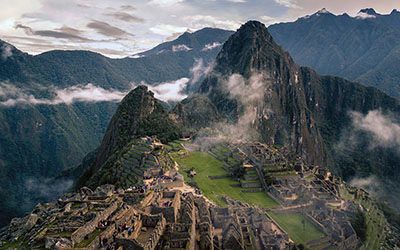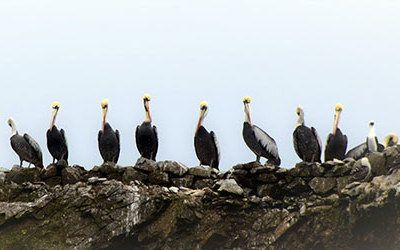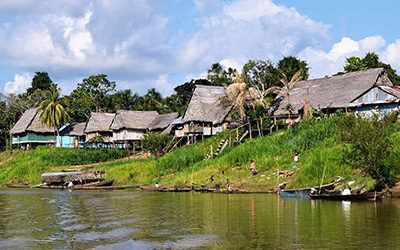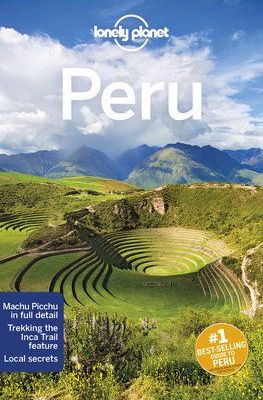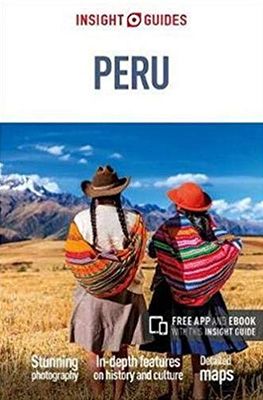Peru in a nutshell
Peru is a beautiful country where the highlight is a visit to Machu Picchu, the sacred Inca city near Cuzco. In addition, the colourful population, which seizes every opportunity for a festival, is a delight to the eye. Culture, nature, impressive volcanoes, history, you’ll find it all in this country.
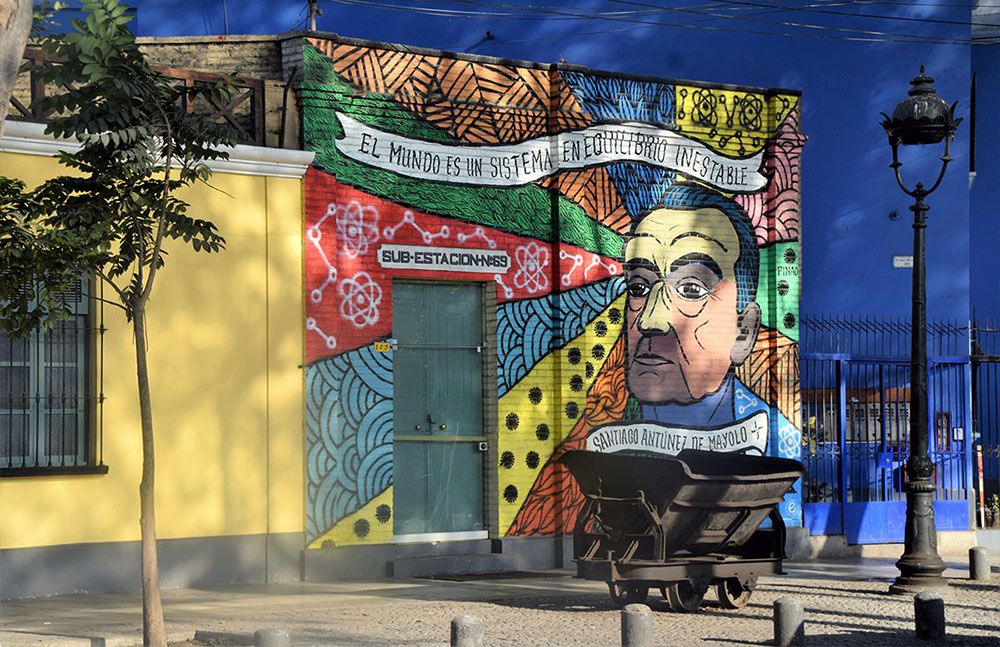
The Incas’ heyday was very decisive in Peru’s history. This empire was larger than Peru today. Although the period only covered just over 100 years, many temples, cities, roads, bridges and aqueducts were built in that time. The official language of the Incas was Quechua, a language that is still used by many Peruvians today. From 1520 to 1820, the Spaniards dominated the country. Many colonial buildings are proof of this. Afterwards, Peru became truly independent in 1827. In recent years Peru has had many presidents. Corruption has been a big problem and this is currently still the case. There are still many demonstrations against the government.
Notwithstanding, for travellers, Peru is a fantastic country to enjoy. In 2017, we had the pleasure of travelling around for about 5 weeks and we experienced many highlights, in the literal sense as well because the Andes have very high peaks!
Click to jump to any topic below:
Accommodation in Peru
Hotel prices in high season are significantly steeper than in other periods. For a middle-class hotel with private bathroom and a good breakfast, count on a price between €40 and €70. Budget hotels are a lot cheaper but often have a shared bathroom and a simple breakfast (instant coffee, toast, jam). However, they are often clean and the room is well-kept.
The lodges in the Amazon rainforest are not cheap. Nevertheless, keep in mind that all meals and excursions during the days you stay there are included. You only pay for the drinks separately. It is an experience that you should not miss because of the overwhelming nature and the sound of all the animals at night. There are lodges in all price categories, ranging from middle class to very luxurious.
Some of the lodges that we liked best are:
Amazon House Hostel
A simple but well-kept hostel. The room and bathroom are nice. Although there is no air conditioning, the ceiling fan provides sufficient cooling. The friendly staff provide a full breakfast and can arrange excursions for you. It is located a little further out from the centre, making it nice and quiet. A disadvantage is that some taxi drivers can find it difficult to get to.
Muyuna Lodge
A beautifully situated lodge on the river, far away from the inhabited world. The thatched bungalows are comfortable and have a nice bathroom. In the central part of the complex, you get an excellent breakfast. Dinner is also delicious. The expert guide who speak good English will accompany you on expeditions by canoe or on foot through the jungle.
Hotel El Tuco
In this colonial building, 10 minutes’ walk from the centre, you will find spacious rooms that are tastefully decorated. The bathroom is nice and the breakfast buffet is delicious. Host Coco is very hospitable and does his utmost to make you feel at home. Highly recommended if you want to stay in Cuzco!
Travel advice for Peru
Up-to-date travel advice for Peru. The border region with Colombia is dangerous as drug gangs are active here. Due to its location, there are regular earthquakes in Peru. During the rainy season (December to April), sometimes large flows of mud can occur that also destroy roads and bridges. This can make travelling difficult, even in the tourist season because getting things restored often takes a long time. There are regular demonstrations in Peru. Try to stay away from them since the police can act violently.
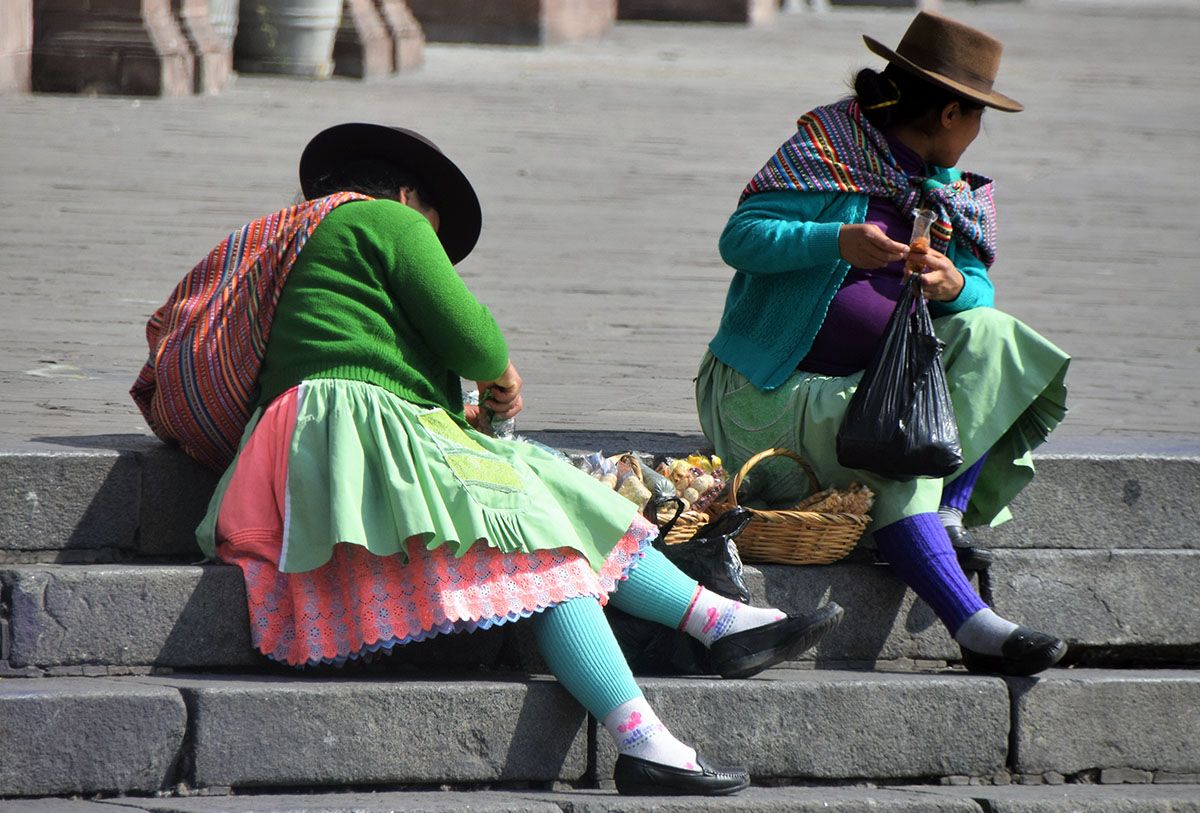
Healthcare in Peru
No vaccinations are required for Peru. It is recommended that you have vaccinations against DTP, yellow fever and hepatitis A.
Malaria occurs in parts of Peru. Consult your itinerary well in advance with a medical expert to see if you need to take any pills or bring an emergency treatment kit. Bring enough mosquito repellent with a high concentration of DEET and wear body-covering clothing, especially in the rainforest.
There are a lot of street dogs, some even very wild, in Peru. Never take these dogs on. They can be infected with rabies and a scratch or bite can infect you. The same precautions are needed for a cat or bat bite, in case of which, go directly to a doctor.
In Peru, you will undoubtedly be at high altitudes. You may suffer from altitude sickness. Consult our special page on altitude sickness.
The medical facilities are fine in the big cities. You will also find a lot of “farmacias” to buy medicines. In more remote areas, there are a lot fewer medical facilities.
Tap water is dangerous to drink. Always use bottled water to prevent contamination.
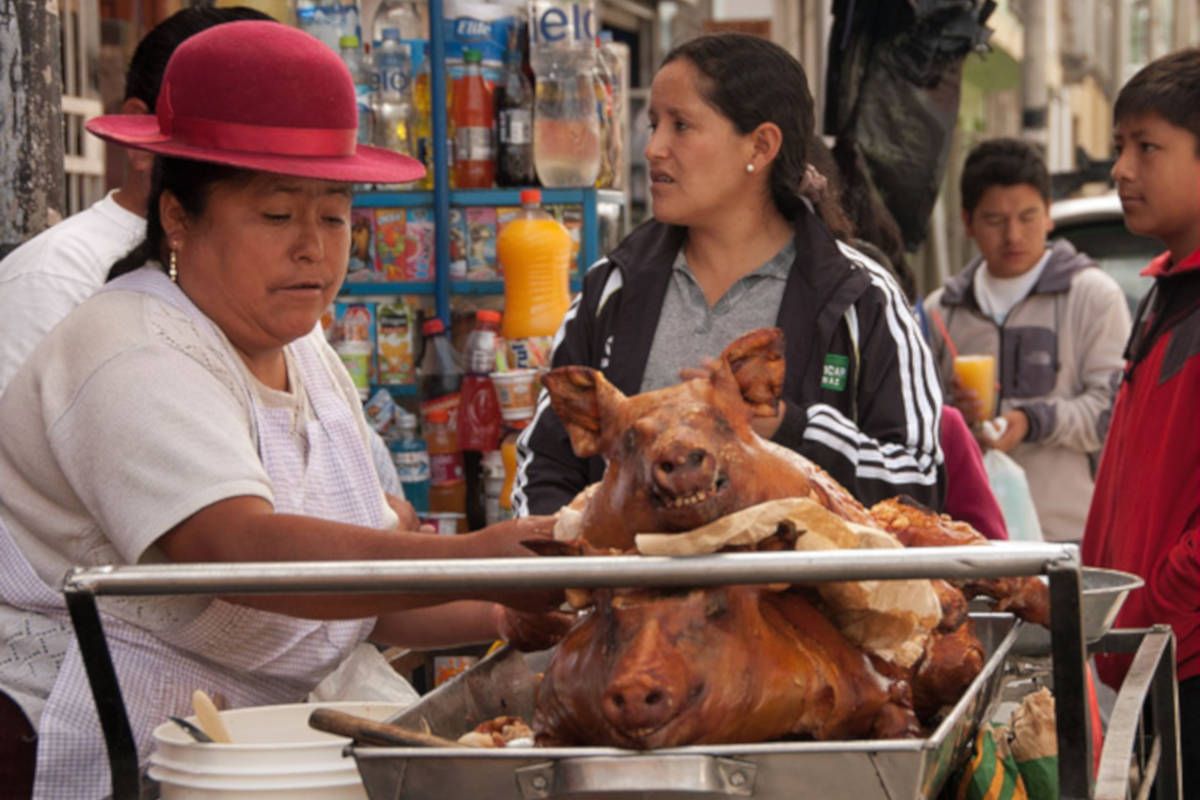
Best time to visit Peru
May to October are generally the most suitable months to visit the whole country. June to August are the busiest months, due to the holiday period in the country and international tourists. Unfortunately, sometimes a fog hangs over the beaches in those months that only lifts slowly. If you just want to go to the rainforest, it is best to go in the months September to November. In the rainy season, from December to April, heavy rains can cause huge mudflows, causing great damage to roads and bridges. The weather is nice on the beaches at that time and this is the real high season.
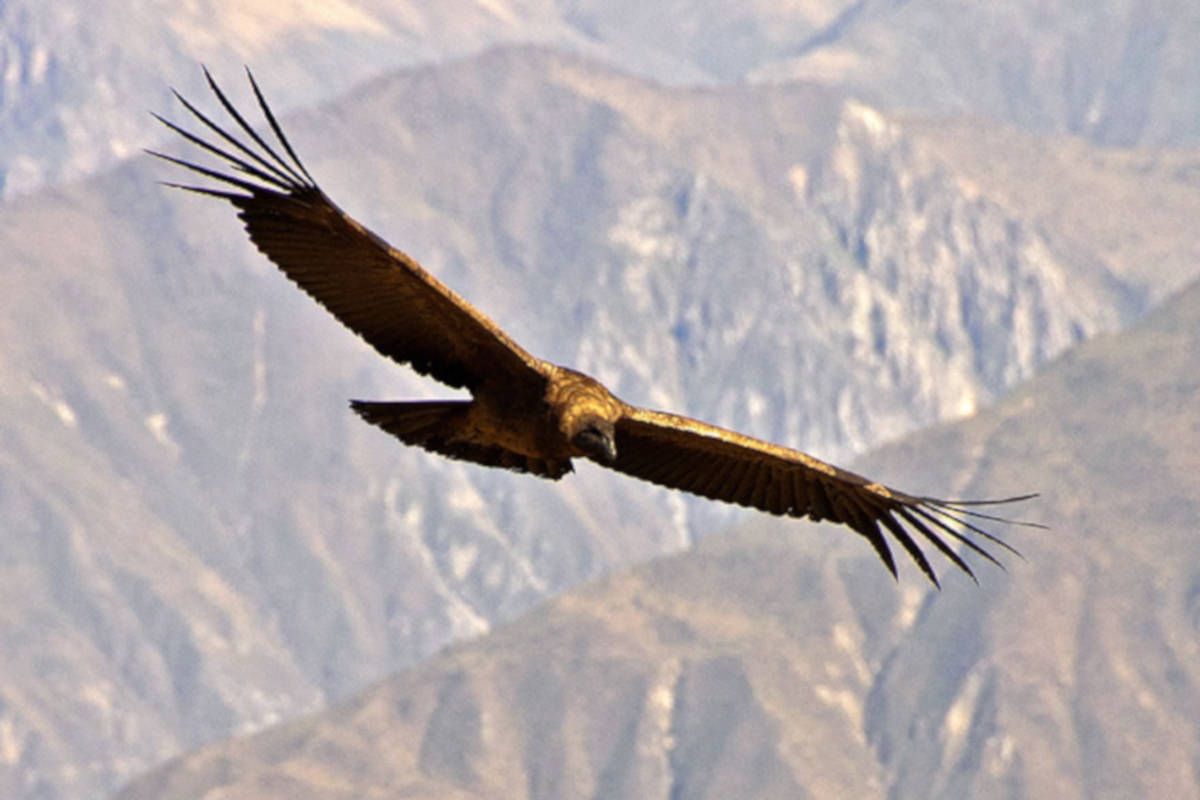
Visa for Peru
If you are visiting Peru for less than 90 days (with an extension to 183 days) at a tourist destination, no visa is required. If you want to stay longer, please contact the Embassy of Peru in your country. Your passport must be valid for a further 6 months upon arrival.
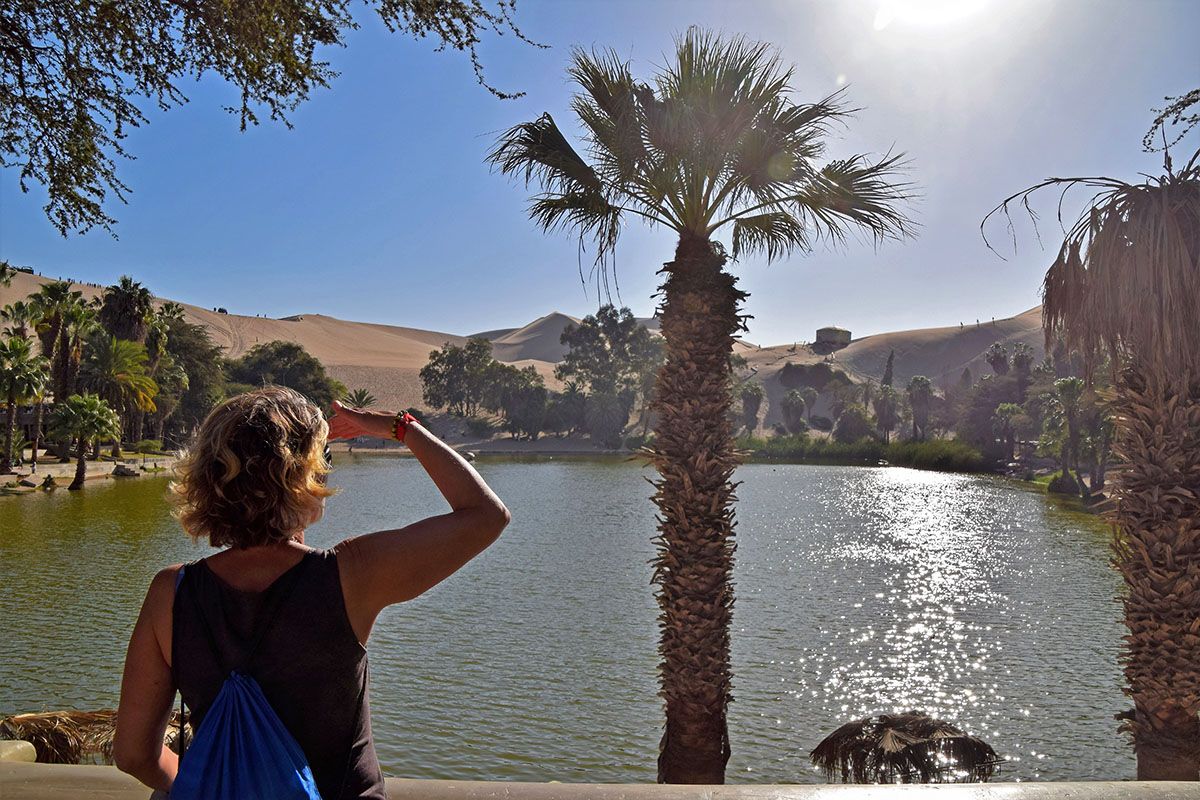
Food and drinks
Peruvian cuisine is well known. In Lima, there are numerous top restaurants with delicious dishes. Besides the influences from the Inca and Spanish eras, you can also taste African flavours in dishes. For meat eaters, lomo saltado, a dish with beef and vegetables is a must. Fish lovers can enjoy ceviche, raw fish marinated in lime juice. Almost everywhere on the menu you will find cuy, which is roast guinea pig. Peru consumes a lot of potatoes (the potatoes originate from the Andes) so you can expect many potato dishes.
The national drink is pisco, a strong drink made from grapes. It also serves as the basis for a delicious cocktail, the “pisco sour”. This cocktail is very popular in Peru. What’s more, in Peru you can also find “Inca Kola” everywhere. This drink does not look like Coca-Cola at all. It is a fizzy yellow-coloured drink and it tastes like chewing gum. It was incredibly popular in Peru.
After the producer was taken over by Coca Cola, turnover fell sharply. Nonetheless, there is still more Inca Kola drunk than Coca-Cola. Peruvians also like to drink beer. Cusquena and Cristal are well-known brands. Wine is less popular and relatively expensive, although more and more wine comes from the Ica region.
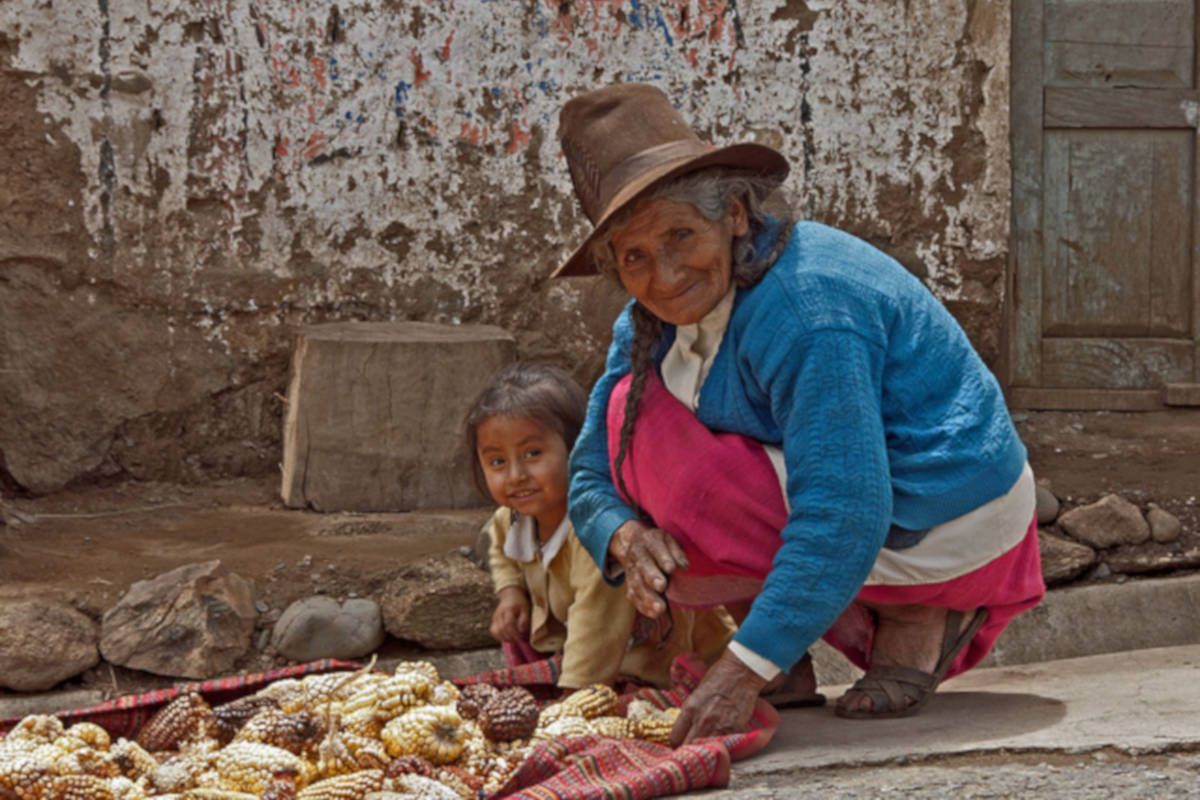
Getting around in Peru
There are several local airlines that maintain the domestic network. As the rates for foreigners are much higher than for Peruvians themselves, you should check whether you get the right price when booking online. Otherwise, you will be confronted with a substantial surcharge at the airport. Checking in is often chaotic. Aircraft rarely depart on time or the flight schedule is changed or even cancelled shortly before departure. We flew with Lan Peru from Lima to Iquitos and had to wait a long time in an overcrowded departure hall.
The bus is the main means of transport in Peru. There are many commercial bus companies, with huge differences in quality and safety. In any case, try to book a luxury bus with one of the following companies: Cruz del Sol, Oltursa, Civa, Sepsa, Movil and Ormeno. We are most enthusiastic about Peru Hop. This is a relatively new carrier, offering a very interesting concept. We drove via Peru Hop from Lima to Cuzco, with stopovers in all the major tourist places we wanted to visit. More information on Peru Hop.
Perurail takes care of train traffic in Peru but the train network is not large. Train tickets are very expensive compared to bus tickets. The trains are very luxuriously equipped with excellent service but do not run fast. We considered travelling from Cuzco to Puno by train. It cost many times the price of the bus ticket, would take much longer and was going exactly the same route as the bus (the railway line runs almost right next to the road). For train lovers, the Ferrocarril Central Andino is a pleasure. This train runs from April to October from Lima to Huancayo and goes past some fantastic landscape. The highest point that the train goes past is at an altitude of almost 4,900 metres.
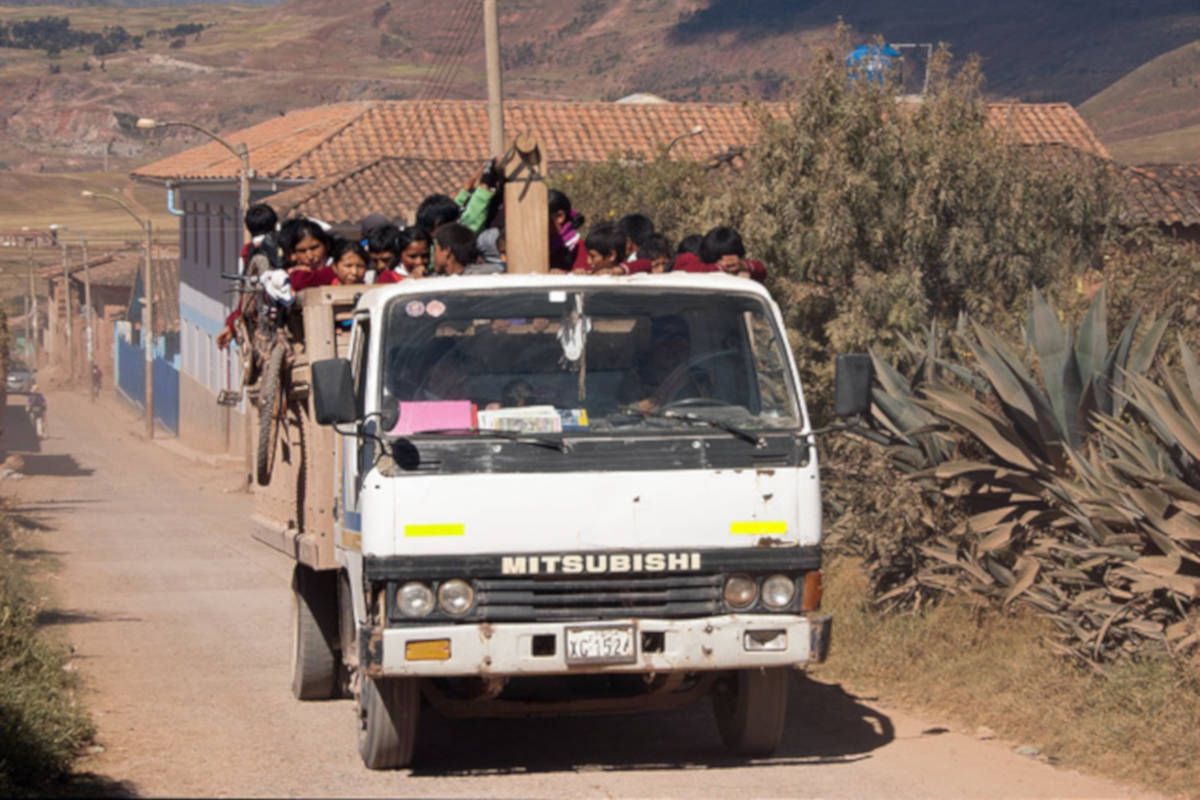
Electricity
The mains voltage is 220 V with a frequency of 60 Hz. In Peru, there are sockets of type A and C. You need a power plug adapter when living in the UK or Ireland.
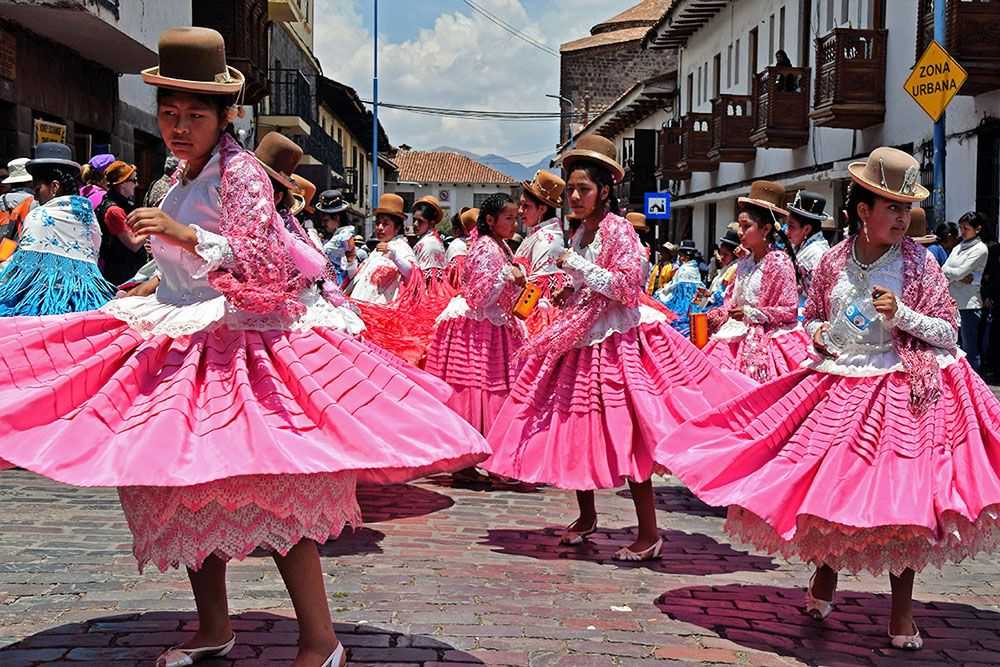
Money matters
You pay with Nuevo Sol. There are plenty of ATMs in the larger and well-known tourist areas, however not all banks accept Dutch debit cards. Scotiabank, Interbank and Banco de Credito (BCP) do. The latter is the most useful as regards transaction costs; since just August 2017, you can withdraw once a month with a Dutch bank card for a maximum amount of 700 Soles at the BCP. American dollars can be exchanged everywhere for Soles, euros are almost everywhere too.
In the big cities, you can get by reasonably well with a credit card. Bear in mind the surcharge of 3 to 5% on the amount for commission. Outside the touristic centres, a credit card is difficult to use.
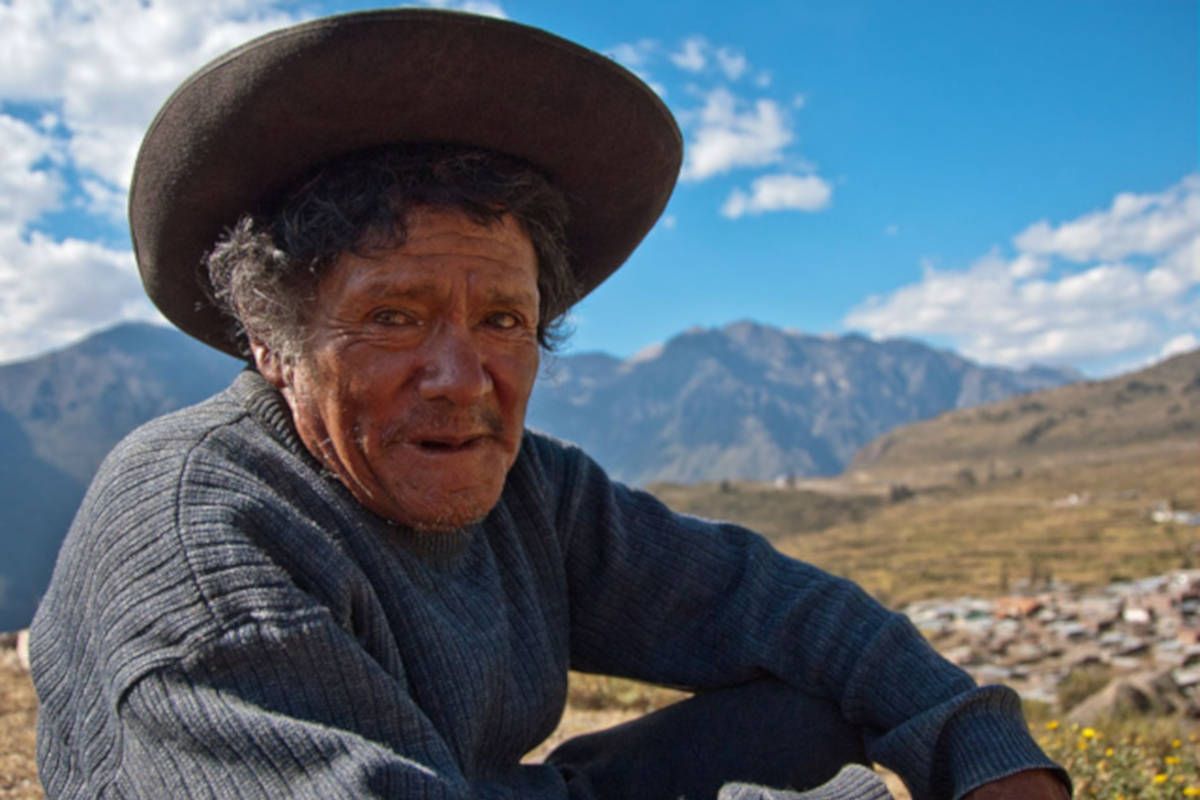
Do’s and Don’ts while in Peru
The Catholic faith is very important for the population. Respect their faith. Family ties are also sacred. It is not nice to lose family members. In certain parts of Peru, the population is a bit suspicious and people don’t want to be photographed. Always ask permission first and if they refuse, respect that choice. “Pachamama” or Mother Earth is very important to Peruvians. You often see them throw something on the ground before they drink or eat something. This is a sacrifice for Pachamama. Do not laugh about this and, if in their company, do the same. That is greatly appreciated.
For the rest, the dos & don’ts are mainly focused on safe travel through the country, please see the specific section on travel safety.
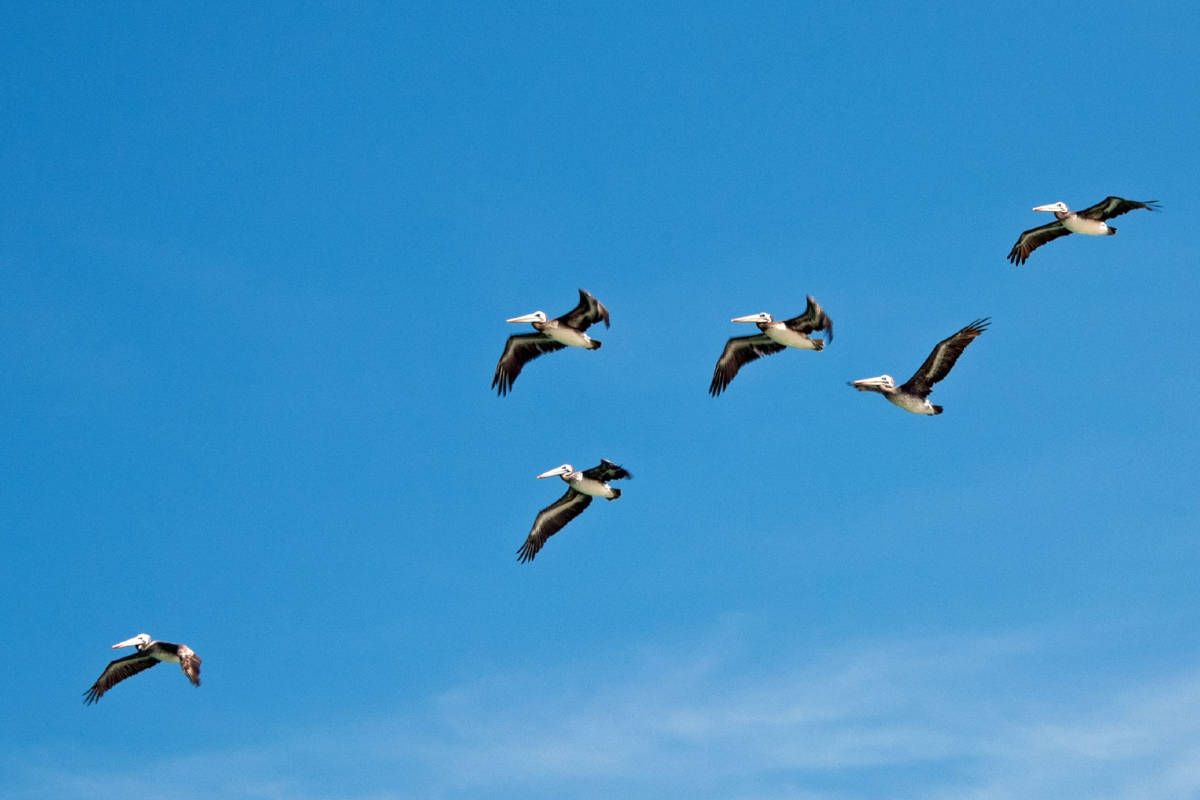
Highlights of Peru
Active
The Salkantay Trail to Machu Picchu
De Salkantay Trail is een vijfdaagse tocht met als hoogtepunt het bezoek aan Machu Picchu op dag 5. Best pittig, want je loopt in totaal wel 90 kilometers, maar het afzien wordt beloond met fenomenale vergezichten in een continue wisselende natuur. National Geographic heeft deze tot één van de 25 mooiste trektochten ter wereld uitgeroepen.
Climbing to the Rainbow Mountain
Vanuit Cuzco kun je een dagtocht maken naar de Rainbow Mountain. Door gesteenten en mineralen heeft deze berg alle kleuren van de regenboog. Het is een inspannende klim om tot de voet van de berg te komen, maar je inspanning wordt beloond met een prachtig uitzicht.
A hike through the Colca Canyon
Iedereen kent de Grand Canyon in Amerika. Maar de Colca Canyon in de buurt van Arequipa is tweemaal zo diep is als de Grand Canyon. Dat levert een prachtig landschap op. En je hebt de kans om de Andescondor te spotten, met een spanwijdte van maar liefst 3,20 meter één van de grootste vogelsoorten ter wereld.
Buggy tours and sandboarding in Huacachina
In the Ica region, a few hours south of Lima, you will find a wonderful oasis in the sand dunes: Huacachina. Around an artificial lake is a number of streets with mainly hostels, hotels and restaurants. Although this town attracts many...
Culture
The city of Cuzco
Once the capital of the Inca Empire, Cuzco is one of the nicest cities in Peru. It’s also the gateway for a visit to Picchu and Sacred Valley.
Monasterio de Santa Catalina in Arequipa
In Arequipa is dit volledig ommuurde kloostercomplex, gesticht in 1580 als nonnenklooster, een stadje binnen de stad. Er heerst een serene rust en de fraai gekleurde straten in het complex zijn mooi gedecoreerd. Dit klooster is een van de meest bezienswaardige gebouwen in Peru.
Machu Picchu
De Machu Picchu bij Cuzco is een echte bucketlist bestemming. Deze mysterieuze Incastad mag gewoon niet ontbreken in je reisschema als je in Peru bent. Nooit ontdekt door de Spanjaarden is het eeuwenlang overwoekerd door de natuur. Pas na de ontdekking in 1911 zag men de schoonheid van Machu Picchu. Nu is het de drukst bezochte bestemming in Peru.
Nature
Islas Ballestas
In Peru, you can enjoy "Islas Ballestas", or humorously known as the "poor man's Galapagos". To be honest, the Galapagos are truly unique but if you are near the Paracas peninsula, it is definitely worth booking a boat trip to this group of Pacific...
The tropical rainforest at Iquitos
Het Amazone regenwoud kun je vanuit Iquitos goed bezoeken. De Muyana Lodge ligt heerlijk afgelegen in de buurt van een aantal mooie meren. Tijdens je verblijf aan de lodge maak je boot- en wandeltochten door de indrukwekkende jungle.

